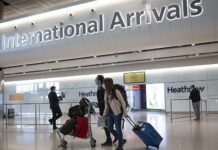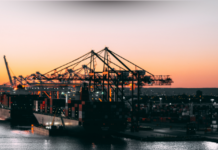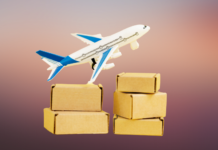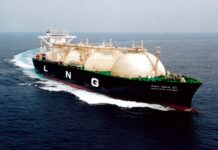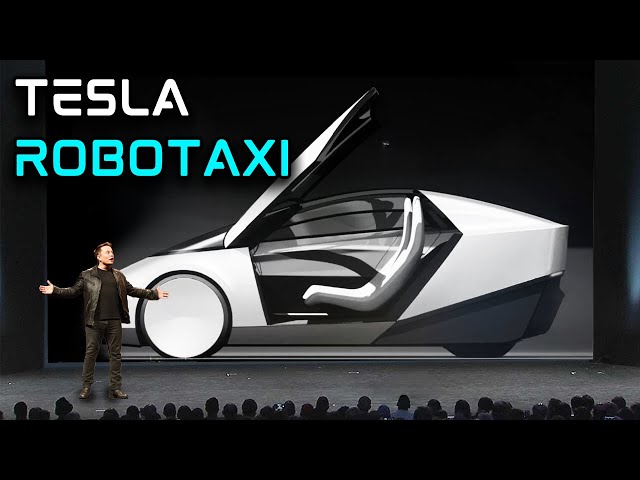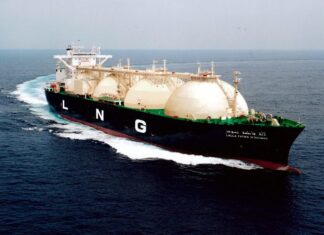As Tesla’s electric vehicle sales slow, CEO Elon Musk is now focusing on a future where Tesla cars drive themselves as robotaxis.
Musk hopes that, with Donald Trump as president-elect, he can influence regulations to make it easier for Tesla to launch these self-driving vehicles. Right now, Tesla faces a complex set of rules that vary from state to state, which Musk has called “incredibly painful.”
He aims to push for one federal approval system that would cover all states, and Trump has even offered Musk a role as “efficiency czar” to help streamline government processes.
This week, Trump appointed Musk to a new non-government body focused on government efficiency. Musk, who backed Trump’s campaign with $119 million, is also expected to advise on key government appointments, including the head of the Department of Transportation, which regulates car safety and self-driving technology.
However, Tesla is still behind in self-driving tests. In California, Tesla logged only 562 miles of autonomous driving since 2016, while competitors like Waymo have completed over 13 million miles. Tesla’s “Full Self-Driving” system still requires a human driver, so Musk’s vision of robotaxis faces big challenges in terms of technology, insurance, and legal responsibility.
Musk’s push for federal rules would support Tesla’s approach to sell self-driving cars directly to consumers. Other companies like Waymo and GM’s Cruise focus on limited robotaxi services in specific areas using high-tech sensors.
If Musk succeeds in securing federal rules, Tesla could skip strict state regulations, making it easier to launch robotaxis across the U.S. However, full autonomy brings legal risks, as Tesla would bear the responsibility if accidents occur without a human driver.



